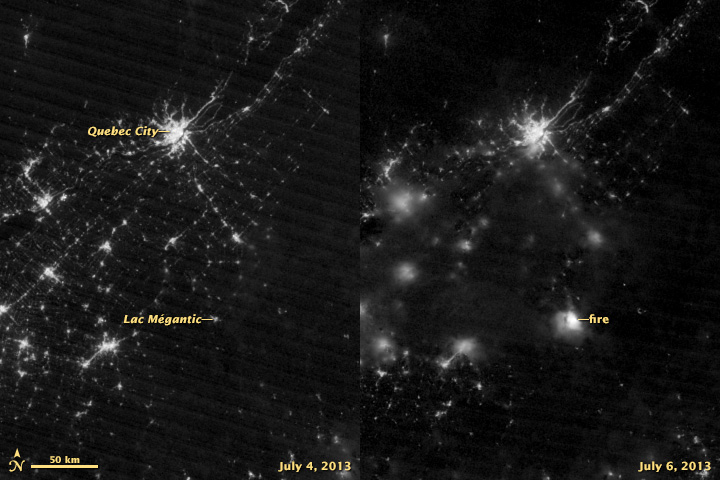Article
Kugluktuk
Kugluktuk, Nunavut, incorporated as a hamlet in 1981, population 1,491 (2016 census), population 1,450 (2011 census). The Hamlet of Kugluktuk, formerly known as Coppermine, is situated west of the mouth of the Coppermine River on the mainland Arctic coast. The hamlet changed its name in 1996 to Kugluktuk, which means "place of rapids," referring to the rapids at Bloody Falls, 15 km upstream.







